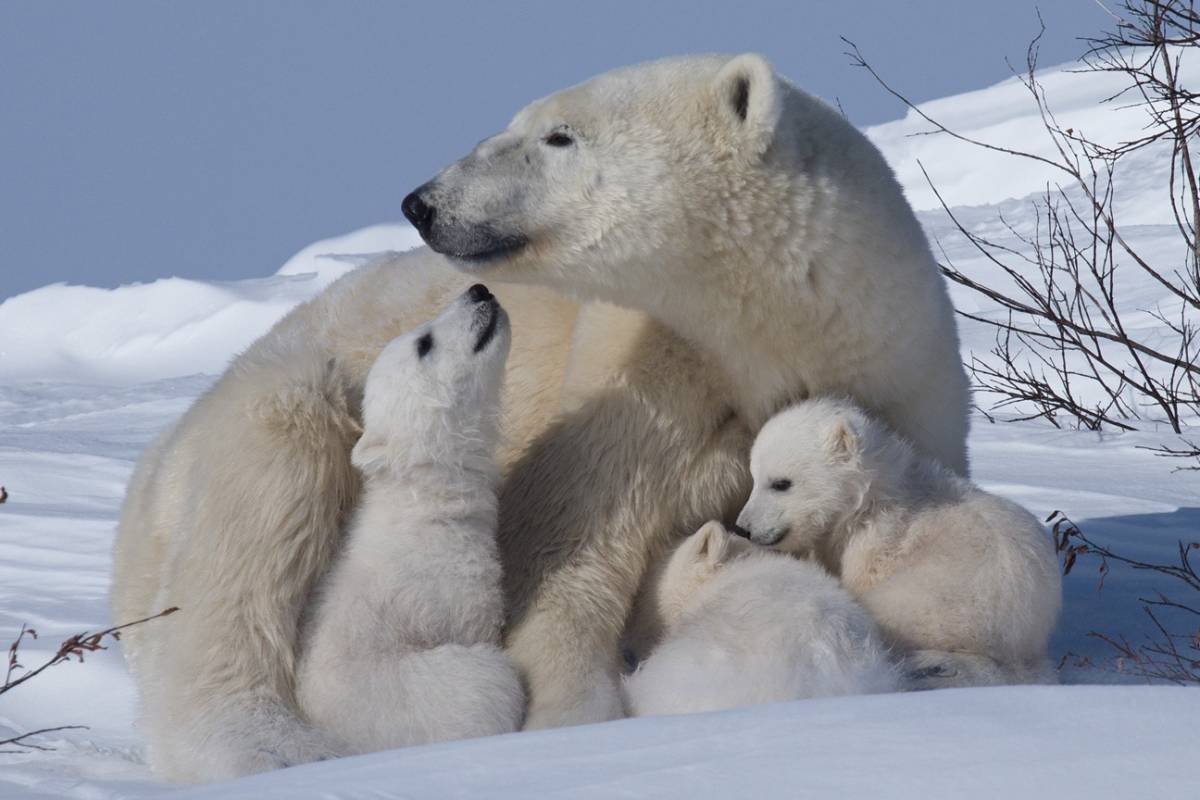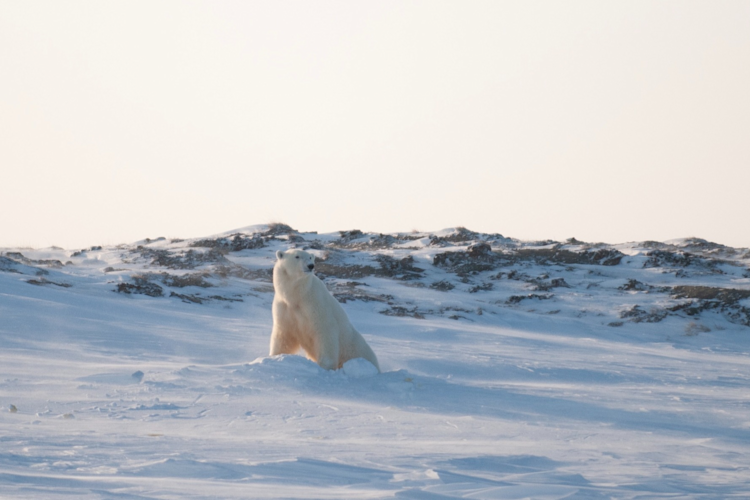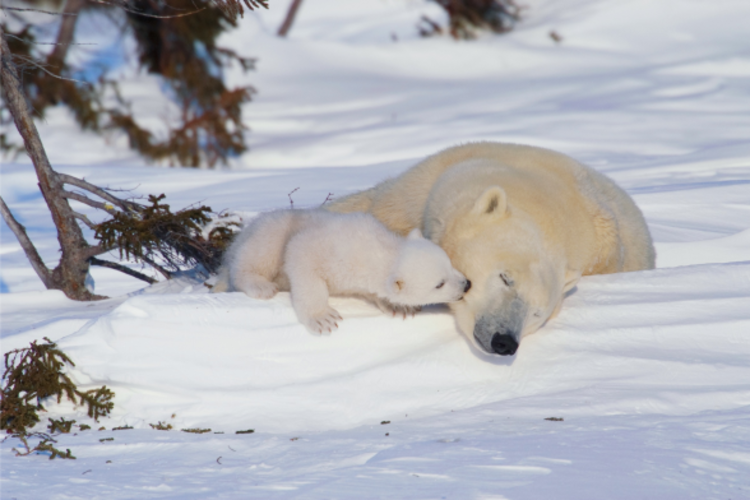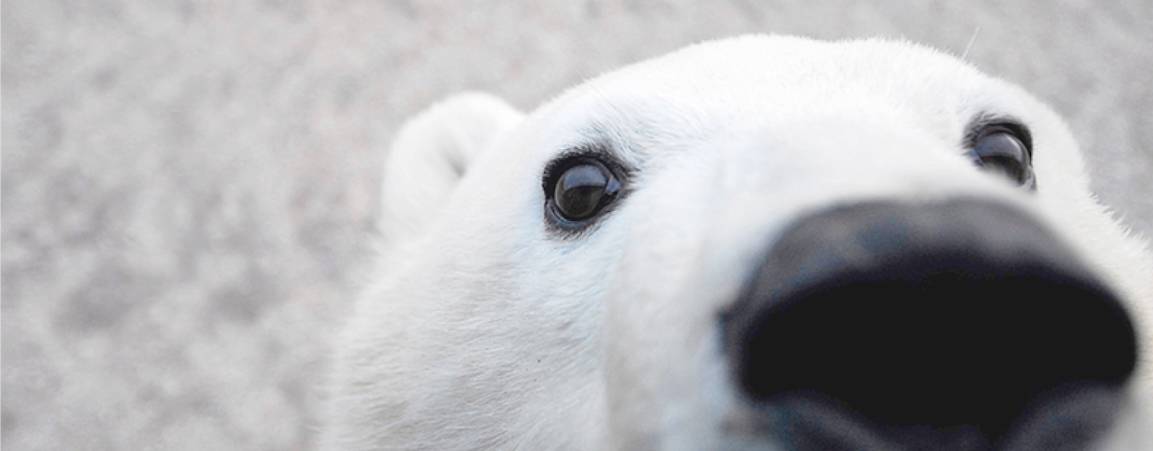Photographer Daniel J. Cox of Natural Exposures has been photographing polar bears since 1987 and is passionately committed to their conservation. Every year, he generously donates still images and video footage to Polar Bears International for use in our outreach efforts as part of our Arctic Documentary Project.
In this Q&A with Dan, we spoke with him about his recent trip to Wapusk National Park in Manitoba, Canada to photograph polar bear moms and new cubs after they have emerged from their snow dens in spring.
Q: How long were you in Wapusk National Park? What makes the location so special for nature photographers at this time of year?
A: I was there for two weeks this season. I would have stayed longer but I had another assignment taking me to India.
Wapusk National Park is like no other place in the world. It’s the only place where you have relatively consistent opportunities to see mother polar bears coming from their dens with brand new baby cubs. Not only are the bears here but Wat’chee Lodge makes it accessible and comfortable.
Wat’chee Lodge is owned and run by the Spence family, including brothers Mike and Morris. It’s been in the family for many years. Having their expertise on where to see the bears made my job fairly easy. The original building, which is now part of a much larger structure, was constructed in the early ‘60s for the military. Mike and Morris's father began trapping in the area in the early ‘70s. During his time on the land, he saw lots of polar bears. As he aged, he gave up his trapline. Eventually the Morris boys got their father’s permission to start what they referred to as the “crazy idea” of bringing tourists out to see the bears.
This area within Wapusk is well known as a popular place for mother polar bears to den and start their families. Polar bear biologists studied bear behavior here clear back in the early ‘60s. A tower still remains that biologists used as a blind, giving them safety from bears and weather. So, it's been known as a very special place for quite some time.




















